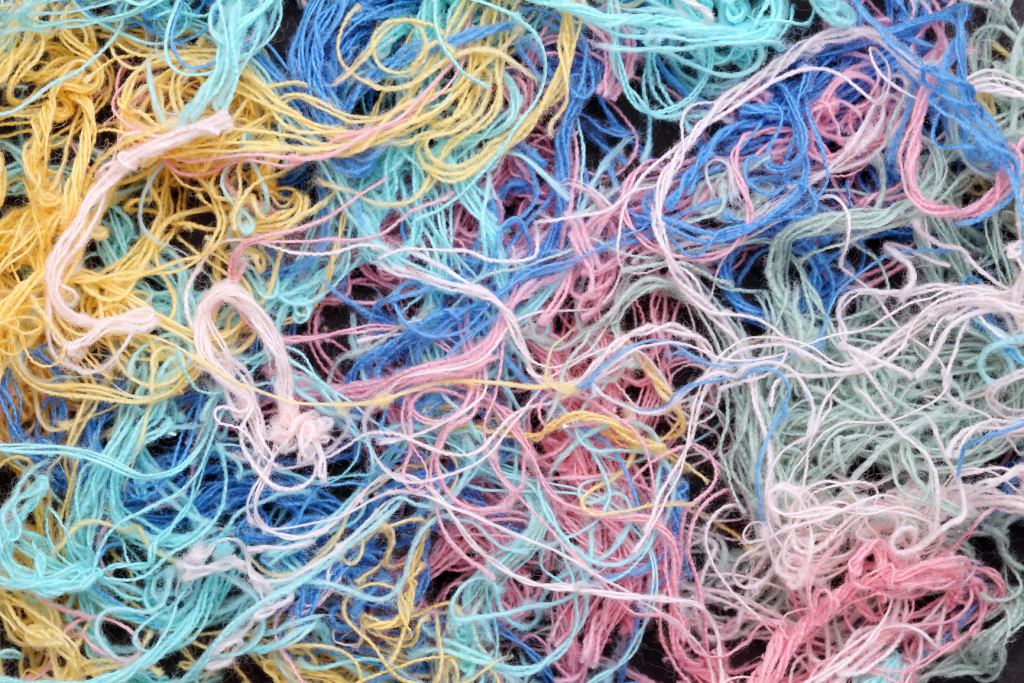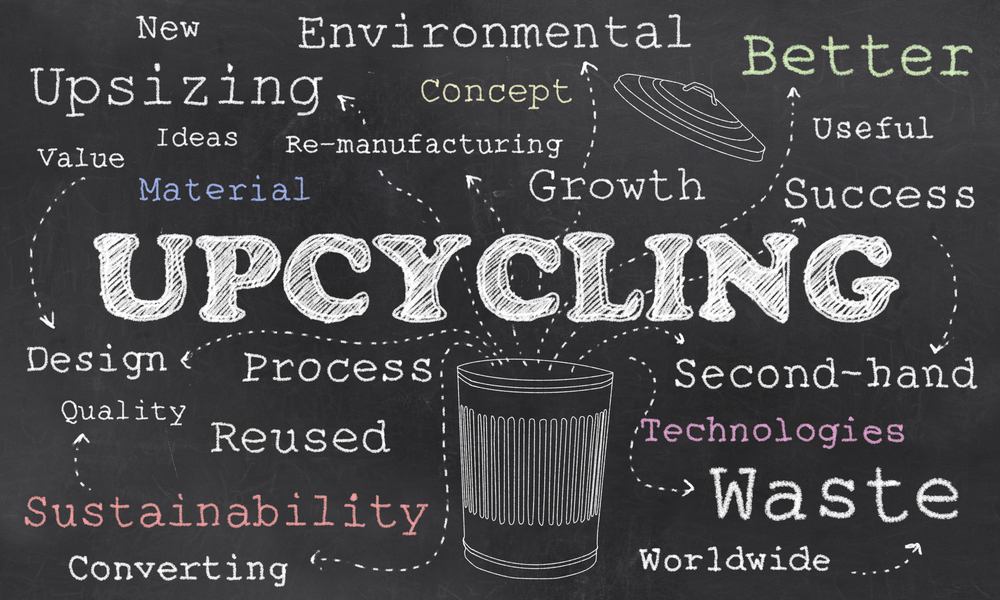
Recycled fashion is responsible fashion.
According to data from the Environmental Protection Agency, each American consumer throws away an average of 31 kg of clothing per calendar year. To put it clearly, a large part of what is manufactured will end up in the garbage.

Fashion brands, who know and are aware of these behavior patterns, have started to develop a new model known as “recycled fashion”. While the industry is currently very far from a permanent solution to this problem, this is the first step in a long path to reduce the amount of waste associated with the current shopping culture.
Most of the clothing items and accessories discarded every year are in good condition, but the consumer throws them away because they are no longer fashionable, considered old, or simply because the consumers are tired of wearing them. However, recycled fashion and one of its variants known as “upcycling” create the perfect opportunity to reuse textiles still in good condition.
Upcycling
Unlike recycling or reuse of raw materials, “upcycling” is based on the use of the product as it was originally conceived and created, even improving its initial features. This process calls for vision and creativity, in addition to environmental awareness. The final result is a unique, sustainable garment or accessory. For example, by “upcycling” a used t-shirt it is possible to create a bag or even a bracelet.
Upcycling is a recently coined term. The process involves drawing on used items to create new products for a different purpose than originally planned, even with greater value than what the item had at the beginning. It is the transformation of “waste” into a valuable, useful item. In fact, a product that was at the end of its original life-cycle is given a second use.
Recycled fabrics and fibers.
In addition to this new wave of recycling in the life cycle of a given product, non-stop progress is being achieved in the use of recycled fabrics produced from plastic waste. These breakthroughs in innovation and development have enabled the creation of fabrics based on fibers such as X2, SaXcell, Returnity and Econyl.
These new fabrics are based on the concept of regeneration, and produced with waste material. An example of this, Econyl, is manufactured from abandoned fishing nets in the open sea. These are recyclable or reusable, which allows them to adapt to multiple life-cycles, creating a model of closed-loop of the product life-cycle. Without a doubt, sportswear brands were the first to invest in research, development and innovation regarding this new sector in full bloom.
Returnity is a 100% recyclable polyester fabric that replaces not only traditional polyester, but also cotton and wool-based fabrics. These textiles reduce CO2 impact by 72%, waste management by 99% and use of water by 93% in comparison with cotton.
It is widely used in the manufacturing of workwear, where the recovery of worn, discarded garments is easier to organize.
The textile industry is currently investing in the development of these new fibers that will allow their reutilization and recycling. This process seeks new materials as well as to redefine manufacturing instructions and current collections to replace them with new, sustainable ones.
To close the cycle, worn clothing is picked up at the stores.
Leading global fashion brands have scheduled an active pick-up of used garments at their stores and they create new marketing actions through it for the benefit of the participating customers. For example, you can leave your used garment in the pick-up inbox at the store and the brand offers you a discount ticket for your next purchase.
This is an initiative that meets the demands of the new generation of conscious consumers. The corporate strategy makes it clear that the long-term goal of these brands is to find a way to reuse and recycle all textiles fibers of the products picked up “post consumption”.
Given the limitations of current technology and productive processes, in order to create a new high-quality textile fiber, recycled and virgin fibers are mixed. The industry is currently investing in I+D+I to discover the formula that will allow it to produce a high-quality fiber obtained 100% from recycled material from the recovery of used garments. Once created, it must be produced in large scale to meet the industry’s demand.
Fibers for rent.

Looking forward, we can see that if we manage to close the cycle of fabric reutilization by picking up used garments, the fibers that make up the raw material of fabrics could be rented from the provider that produces them without him losing property rights over them. Maybe that provider would only need to add to the fabrics in each production cycle so as not to lose the original, agreed quality.
Such closed loop of usage and manufacture would cause fibers to be used over and over again through a lease agreement between the provider (manufacturer and recycler) and the textile brand with subsequent advantages associated with the performance of the product, the reduction of costs and lower or no environmental impact.












































